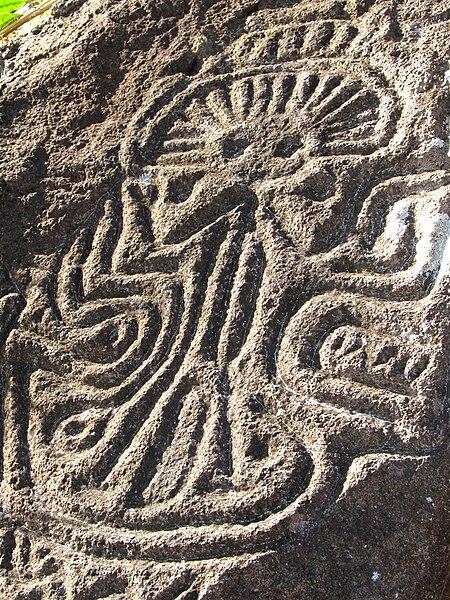The Mayangna are a people who live on the eastern coasts of Nicaragua and Honduras, an area commonly known as the Mosquito Coast. Their preferred autonym is Mayangna, as the name "Sumo" is a derogatory name historically used by the Miskito people. Their culture is closer to that of the indigenous peoples of Costa Rica, Panama, and Colombia than to the Mesoamerican cultures to the north. The Mayangna inhabited much of the Mosquito Coast in the 16th century. Since then, they have become more marginalized following the emergence of the Miskito as a regional power.
Aurelio Martinez representing the Tawahka subgroup of the Sumo people in Honduras at a conference at the Universidad Nacional Autónoma de Honduras.
Nicaragua, officially the Republic of Nicaragua, is the geographically largest country in Central America, comprising 130,370 km2 (50,340 sq mi). With a population of 6,850,540 as of 2021, it is the third-most populous country in Central America after Guatemala and Honduras. Nicaragua is bordered by Honduras to the north, the Caribbean Sea to the east, Costa Rica to the south, and the Pacific Ocean and a shared maritime border with El Salvador to the west. The country's largest city and national capital is Managua, the fourth-largest city in Central America with a population of 1,055,247 as of 2020. Nicaragua's multiethnic population includes people of mestizo, indigenous, European, and African heritage. The country's most spoken language is Spanish, though indigenous tribes on the Mosquito Coast speak their own languages and English.
An ancient petroglyph on Ometepe Island
The Colonial city of León
The colonial city of Granada near Lake Nicaragua, one of the most visited sites in Central America
A portrait of the Battle of San Jacinto during the Filibuster War





